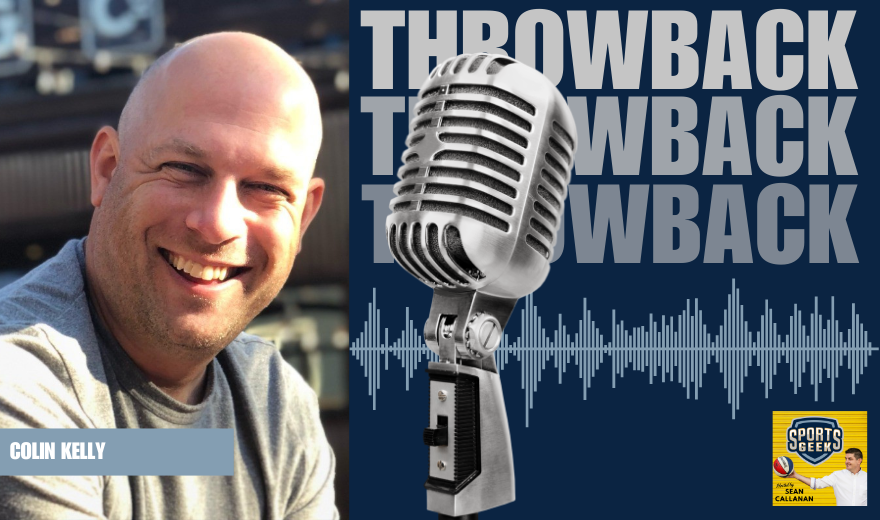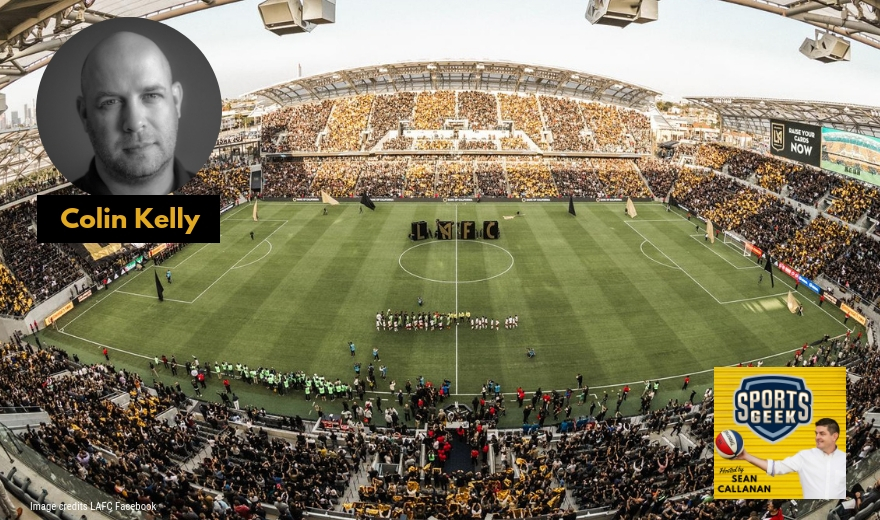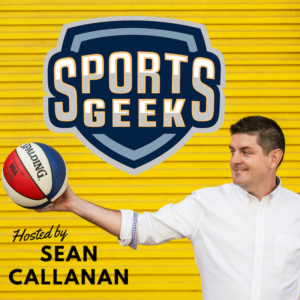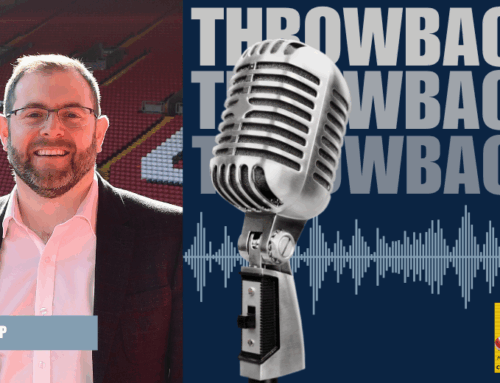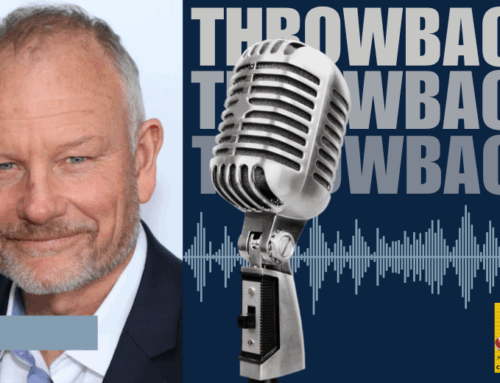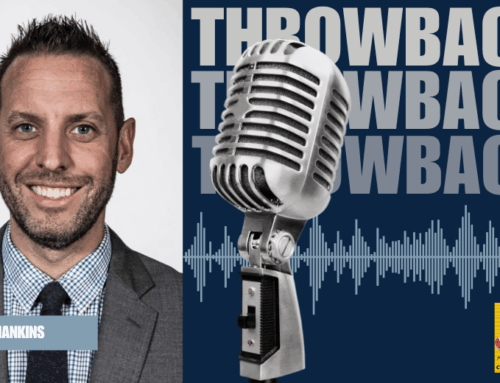This transcript has been lightly edited by AI
Sean: So you were there, and that sort of brings you to Los Angeles. Time-wise, you arrived a couple of years before the first season, while it was really in its infancy. What were some of the challenges? It's something that I now face with my sports team—starting from the point of “fan zero” as you did with LAFC.
Colin: Yeah, I was here two and a half years before we ever kicked the ball. To have that kind of time was amazing before things got serious. But it’s amazing how quickly it went by. I was the only person in digital for 20 months out of that time. The challenge was, for us, how do we make something out of nothing here?
Sean: It must have been two years ago. You must have been really early in that role. I remember catching up with you at the previous week, not far from Staples Center. We were showing off concepts, including a mockup of the stadium we’re sitting in now, which was just starting to be built. How do you connect with the fans when there are no signings or players yet? It started with the colors and logos. It was really community-focused, hitting up a certain part of Los Angeles and saying this is going to be your team. It was like going back to the older days of social media, doing community management and reaching out one by one. Was that what those early months were like?
Colin: It has now become such a mantra that we’re putting it on merch: “street by street, block by block, one by one.” How do we get down to that one person? If we can make that one fan, we’ve got to get one. So we get that one, and he tells his friend, and he tells another. It became a very grassroots thing.
Sean: Was it something like replying to people’s tweets or commenting on their Instagram and making them feel the buzz of the team behind them?
Colin: Anybody who showed any interest in the club on social media that wasn’t hateful, we would respond to. And then the important thing was taking it offline. We used to do little barbecues in the back, like Friday afternoons, usually with better weather. People would come, and we’d have one of our supporters, who has a catering business, make amazing tacos. Heineken would provide the beer, and we would just sit and talk. We wanted this thing to be from both a fan perspective and a front office perspective. We really wanted to learn about each other and discuss the potential for this club that we were trying to build together.


